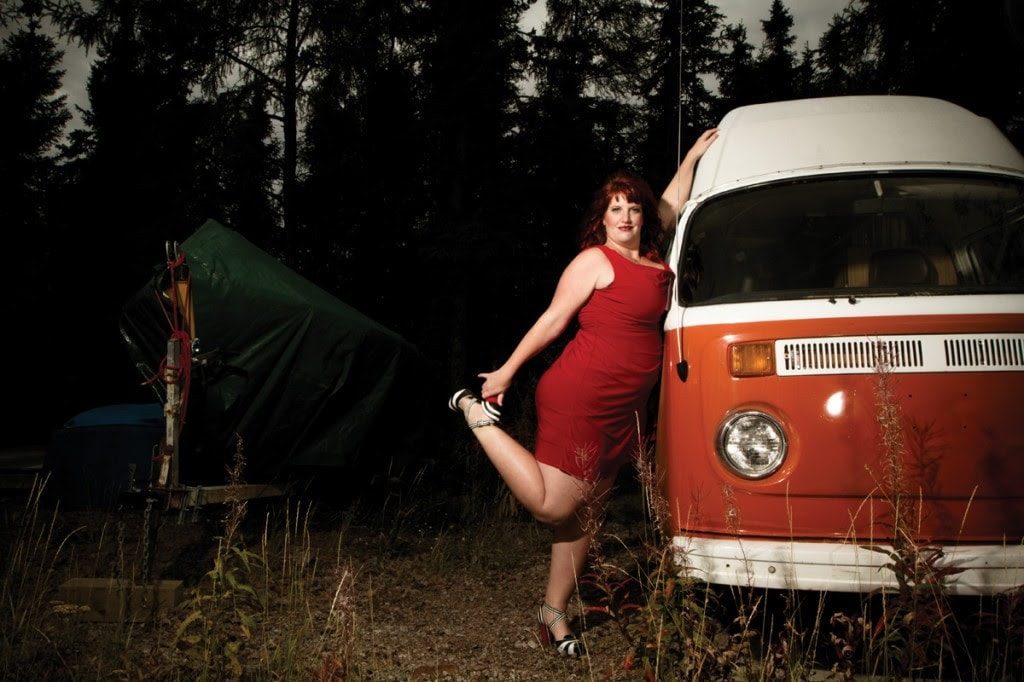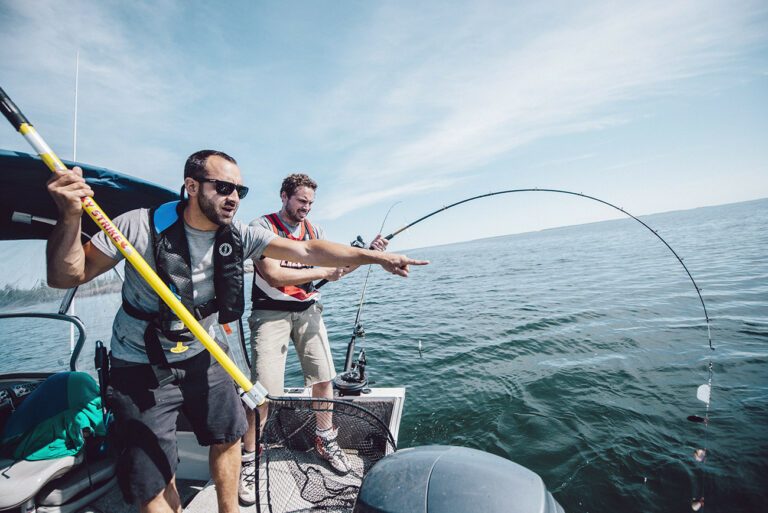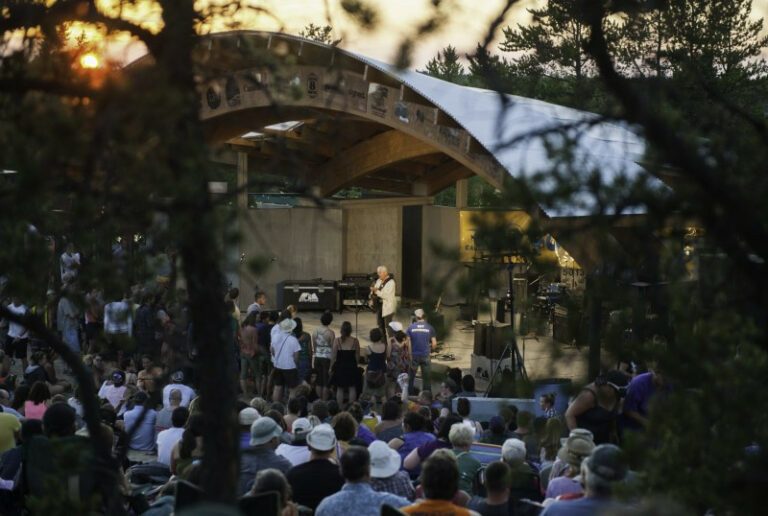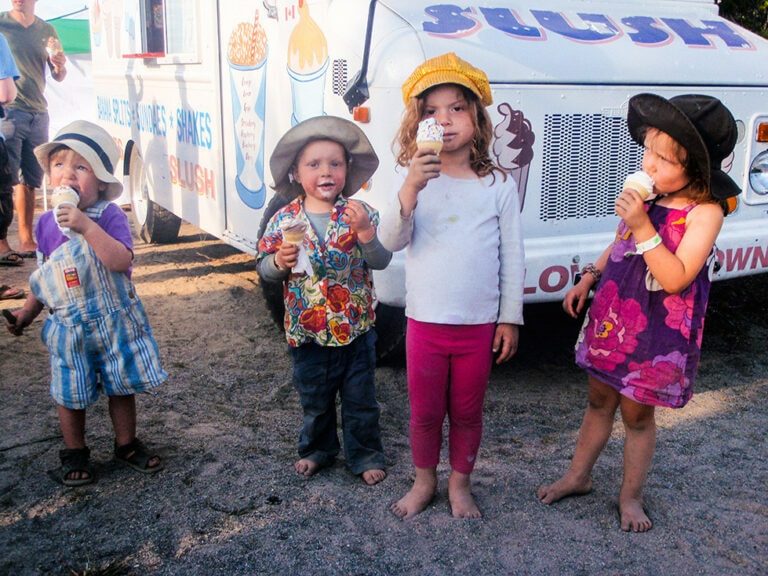I don’t like reality television shows, which is why I was surprised to find myself sucked into the world of “The Real Housewives” not long ago. It’s an embarrassing admission, but I watched an entire year’s worth of programming, despite my general disdain of all things highly edited. Out of this, however, came the idea for “The Real Housewives of Yellowknife.”
While the series was inspired by the program, it’s by no means the sole source of inspiration. Think of this series like “Stepford Wives” meet “Ice Road Truckers” with a healthy dose of Yellowknife; meaning you can have manicured perfection while retaining elements that make each person unique. Let me explain.
In our image-conscious world, photography plays a central role in people’s sense of self-worth. Admit it or not, seeing a photo on the cover of any given magazine, or hearing criticism in the media of any woman or man based on their perceived ‘flaws,’ often erodes our self-esteem. We live in a culture obsessed with unobtainable perfection and people often go to great lengths to achieve it, regardless of the emotional or physical consequences.
We constantly and tirelessly attempt to maintain control of what photos exist of ourselves and in those photos we seek constant validation. Look at any given Instagram feed, with its countless digital filters, designed to make everyone feel like a trendy hipster photographer (interesting to note many of the filters clean up flawed skin to some extent), Facebook with its infamous ‘Like’ button and ability to tag or un-tag one’s self (you wouldn’t want those party photos being seen, would you?), or Tumblr and the relentless pursuit of ‘reblogs.’
Through the series, I set out to explore the ways in which female identity is constructed through the art of narrative photography. By no means solely an exploration of stereotypical femininity, the series was also designed to explore the masculinity and duality of women, to be bold and brassy and to explore nominal subcultures within western society.
While certain photos in the series may display elements of fragility, vulnerability or gender stereotypes, the overarching theme is strength. It’s my belief that each of the women really showcased that in different ways.
These photos were fun to shoot, the women were amazing to work with, but most of all, the photos are real. -Alexander Legaree
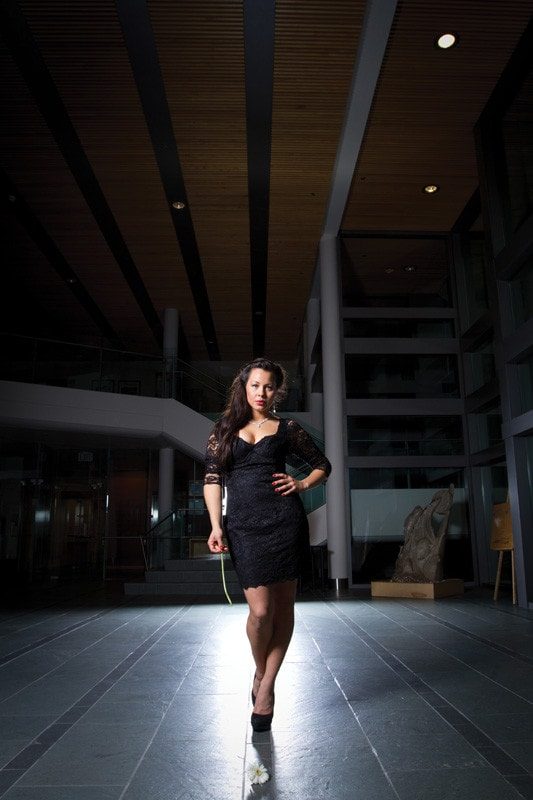
Pop Goes The Daisy (2012) – In this shoot, we explore the duality of the human persona; one side sweet and the other, well, let’s just say it’s not quite there yet. This photo is one dash of politics with one dash of theatrics.
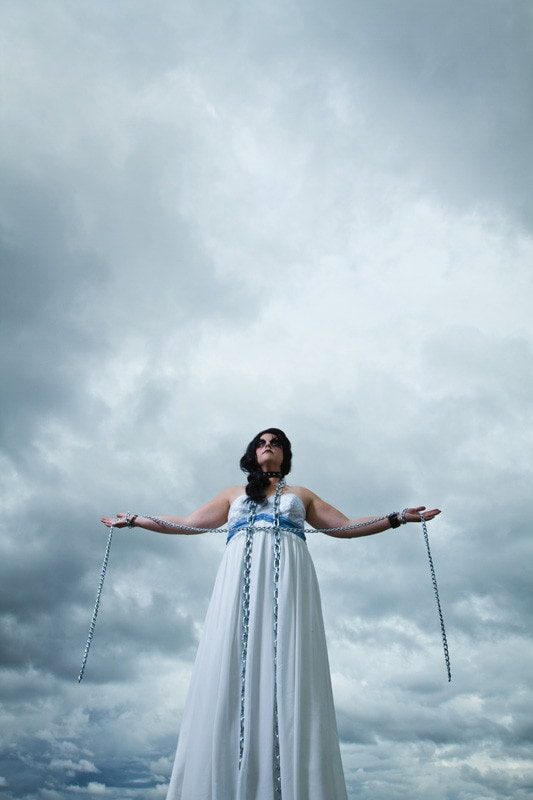
Madame (2012) In 2005, the “Runaway Bride” made headlines around the world as she faked her own abduction days before her wedding. “Madame” is part of a series of photo shoots that explored what could have been if she had got over her cold feet.
Trash, The Dress (2012) Photographing the Yellowknife “Solid Waste Management Facility” in a way never seen, it brings new meaning to the idea of ‘trash the dress’.





